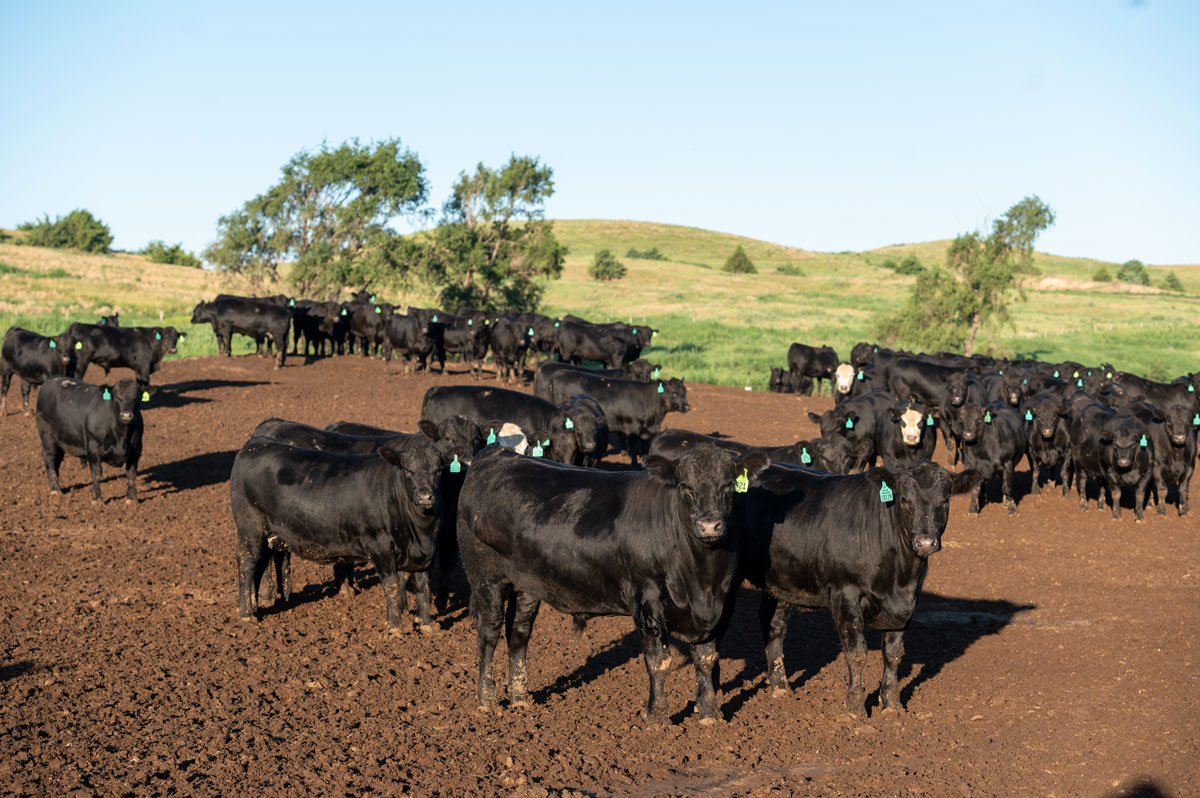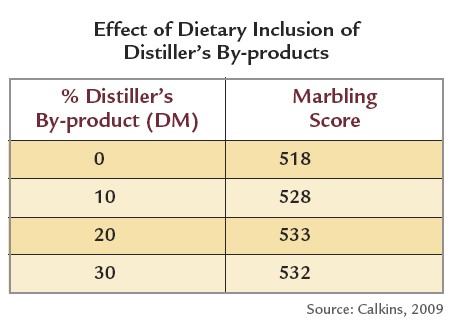
Future riding on the semi to feedlot
By Steve Suther
November 22.2011
Hey seekers (my jargon for all of us looking to optimize quality and maximize profit) —
This is just a report, really, with thoughts at the “digression” before the end. We loaded a semi Nov. 11, and I thought the 5 light steers sold in September at 450 pounds probably would have been all right to join the load that went to our custom feeding partners. Some of the steers gained more than 160 lb. in seven weeks of preconditioning on silage with grain topping, and the 46 steers we retained half interest in weighed 717 lb. on arrival in at the Iowa yard. The 77-head load averaged 715 lb., and other family members retained a little interest in their steers as well.
Since then, the markets have been anything but calm. Is the world coming to financial Armageddon or is this a corn-buying opportunity? Consensus less than 90 days ago was that any chance to buy corn under $6.50 wouldn’t last long. UNLESS… or as Sonic the Hedgehog often wonders, What could POSSIBLY go wrong?
Extreme volatility is part of the market this fall. I have tried to use “The Boards” with mixed results, but my main strategy to limit risk is using planned genetics with a planned health and weaning protocol. The steers need about $1.27 on April Live Cattle to break even on $6.60 corn, but that’s before this dip in corn and before premiums that history says I can expect, if I knock on wood often enough. And WOW, look at the differential spread—if CAB is still $30 higher than Select next April, we should do all right.
I could digress here and consider asking my feeding partner to throw every high-tech growth enhancement at these cattle. I mean we know they COULD go 70% CAB. It was recently suggested to me that such cattle are the perfect match for the kind of technology that has been proven to reduce quality grade (and tenderness) in the process of delivering more pounds (beta-2 agonist). Enough more that it supposedly always shows a profit (even though some packers won’t buy cattle that have been fed it). With all my years of trying to produce better cattle, I am not sorely tempted to try for a few more bucks in the near term that hinder consumer demand in the long run. What do YOU think?

Anyway, when I got the inweights back on a spreadsheet, first thing I did was compare to preweaning weights, then enter ages and calculate weight per day of age (WDA). Next I entered the sire and dam of each steer followed by cow weight and negative comments, if any. No news is good news there. Backgrounding ADG is a guestimate based on other family cattle at weaning, since mine had 21 days back on the cow after weights were recorded. I put in a column for percentage cow weight, too, and noted how great most of the heifers did. A few got negative comments like, ONE more chance…
It was a great report, but lacking the 1/3 of cows that had daughter last spring, so I added them in, guessing at 95% of backgrounding gain. This project never ends because you can always cross-link more facts, but the next data I’ll look up will be relevant sibling performance and carcass merit.
Until next time, let’s keep targeting the brand and building tomorrow together,
–Steve
You may also like
$100,000 Up for Grabs with 2024 Colvin Scholarships
Certified Angus Beef is offering $100,000 in scholarships for agricultural college students through the 2024 Colvin Scholarship Fund. Aspiring students passionate about agriculture and innovation, who live in the U.S. or Canada, are encouraged to apply before the April 30 deadline. With the Colvin Scholarship Fund honoring Louis M. “Mick” Colvin’s legacy, Certified Angus Beef continues its commitment to cultivating future leaders in the beef industry.
Carcass Quality Set to Climb Seasonally
With the arrival of the new year the beef market will rapidly adjust to changes in consumer buying habits. This will remove demand pressure from ribs and tenderloins, realigning the contribution of these most valuable beef cuts to a smaller percentage of carcass value
Raised with Respect™ Cattle Care Campaign Launched This Fall
Raised with Respect™ was developed as part of a strategic cattle care partnership between Sysco and CAB. The collaboration focuses on supporting farmers and ranchers, equipping them with continuing education to stay current on best management practices and helping to increase consumer confidence in beef production.












